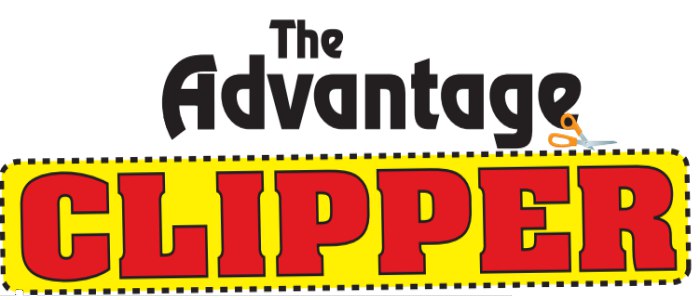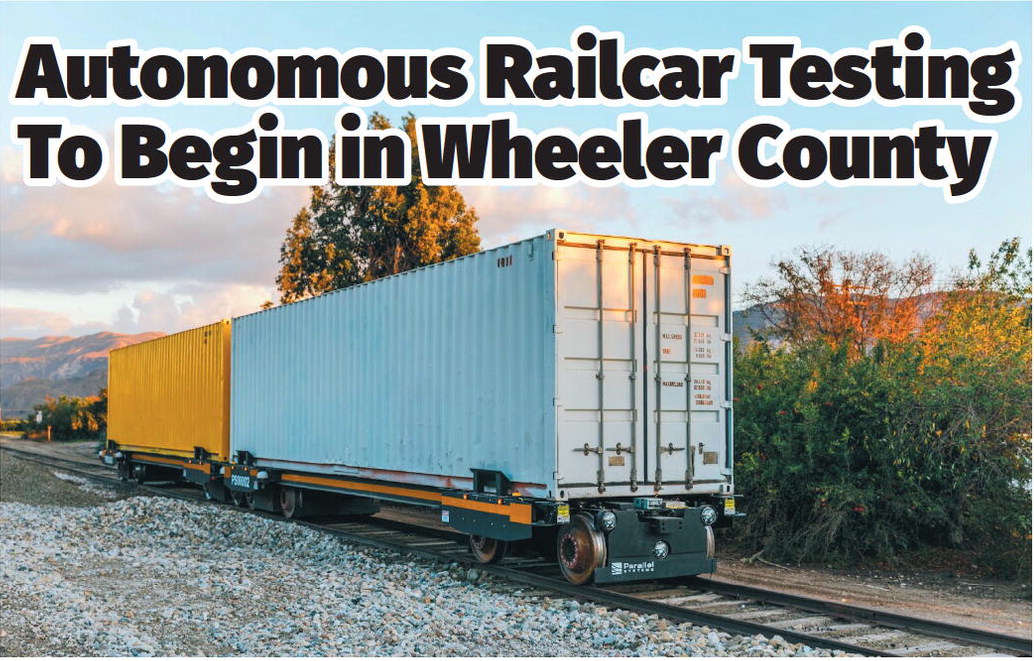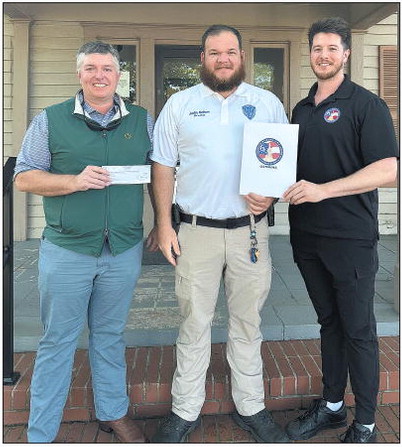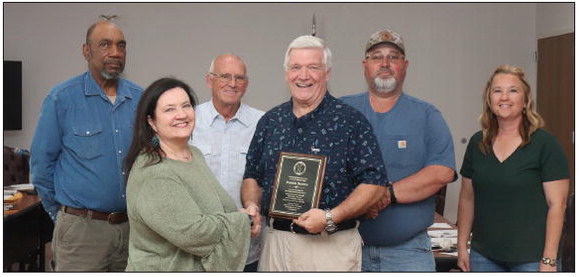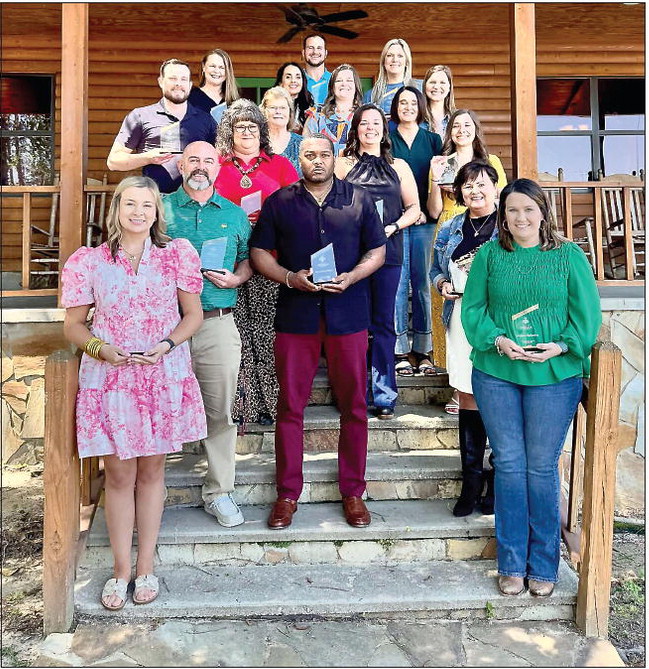continued from page mile section ….
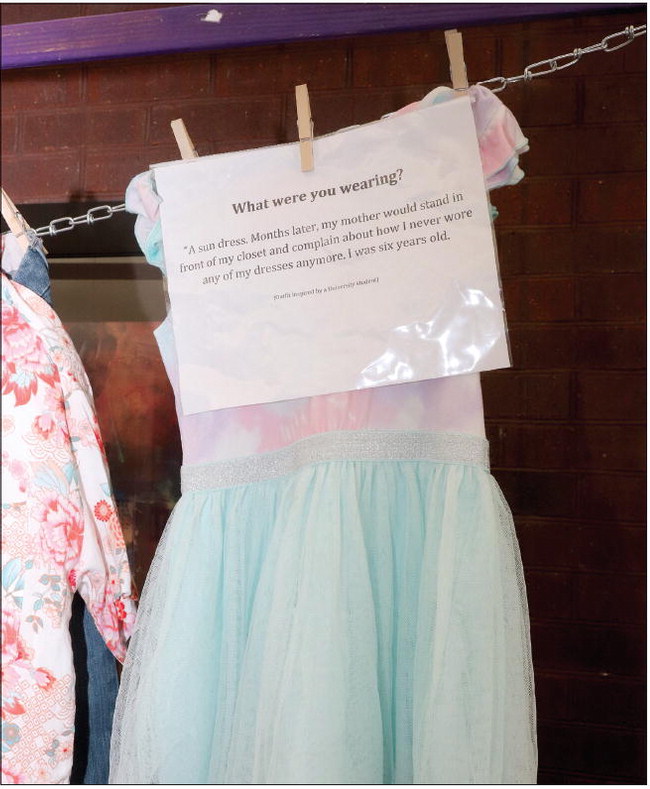

continued from page
mile section of the Heart of Georgia and Georgia Central.
“Phase Six operations are intended to evaluate the operational effectiveness of the System in field conditions operating intermixed with conventional rail service as governed by the railroad dispatchers and operating rules. Containers containing test weights will be transported on the Vehicle,” the application for testing submitted to the FRA says.
The final phase will evaluate platooning with loaded containers. “A limited number of revenue containers may be moved in Phase Seven, allowing for an assessment of damagein- transit, to compare this unique new technology with direct truck competition. Otherwise, containers will carry test load weights,” the application says. Public Comment, Company Projections The G& W railroads are viewed as ideal test beds due to their proximity to the booming Port of Savannah and their isolated sections of track with no grade crossings. Ultimately, the plan would be to use platoons of autonomous cars to deliver containers to the small intermodal terminal in Cordele, on the HOG railway, which has been dormant since 2017. The goal, as East Coast ports grow, is to take trucks off the road in short-haul markets where the railroad has already proven it can’t currently compete, according to online reports.
The FRA approval grants Parallel, Georgia Central, and Heart of Georgia railroads 22 waivers from car and locomotive regulations that cover everything from cabs and sanders to brake valves and uncoupling levers. The decision includes 23 conditions that Parallel and the railroads must follow during the pilot program.
The FRA received 154 comments during the public comment period. Of those, 32 supported the pilot program while 122 raised concerns. “Although many of the public comments were directly related to safety, many comments, both supporting and opposed to the proposed program, are relevant only if this type of operation were to be approved to operate on the general railroad system, but are not relevant to this specific pilot test program… These comments will certainly be important when/if railroads seek approval for further testing or to operate,” the FRA noted following the comment period.
Parallel announced recently it had raised an additional $38 million in funding, bringing its total to date to about $100 million. “Federal Railroad Administration approval and closing our Series B funding round are two critical milestones for Parallel Systems,” Matt Soule, Parallel founder and CEO, said in a press release. “Together with our strategic partnerships within the rail industry, Parallel Systems is now poised to fully commercialize our battery-electric rail system, starting with the FRA-approved project in Georgia.”
The company said the latest funding will be used to “propel commercialization” of its project with railroad partners in the U.S. and Australia, where it has also demonstrated its product.
Parallel said it already had a backlog of more than 300 of its autonomous railcars with leading railroads and expects to launch commercial operations in 2026. The company said it is scaling production of its Generation 3 equipment and related autonomy software train control systems and has tested its technology’s compatibility with positive train control in collaboration with Union Pacific.
The cars are also undergoing testing in Australia. These product’s “design features are intended to help railroads better compete against trucks in the shorthaul movement of intermodal containers rather than to replace conventional railroad rolling stock,” according to the application for testing.
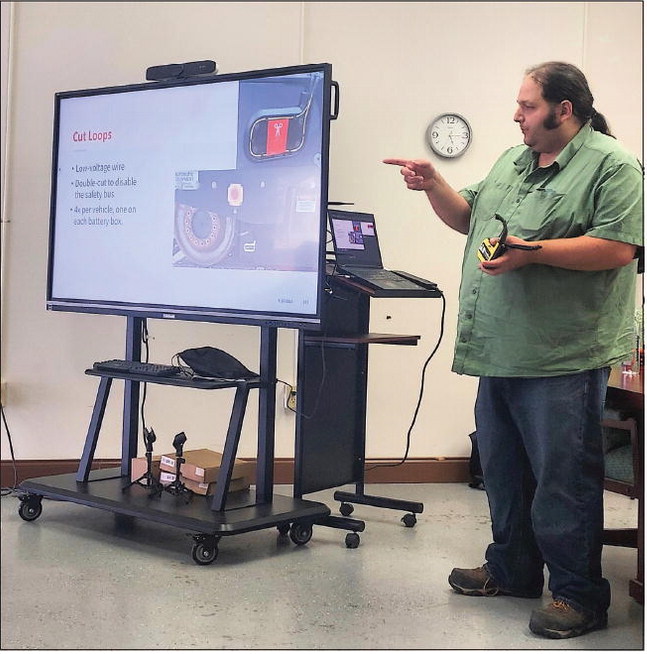
AUTONOMOUS RAILCARS TRAINING – Ethan Weil, Program Manager for Parallel Systems, conducts training for public safety officials last week in Alamo. Wheeler County is the location for the first phase of testing for the self-propelled intermodal flatcars. The test will be conducted within the month on a Heart of Georgia line that will be disconnected from the rest of the railroad.Photo by Deborah Clark


